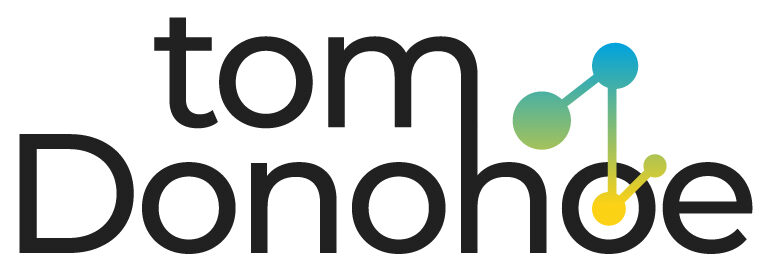Boost your online rankings with a comprehensive content gap analysis

While you may have been able to post content in the past without worrying about competition, the race to the top of the ranking page has become more competitive.
To boost your Search Engine Results and make sure that the content you produce is performing at its best, you should plan your content strategy and topics.
A content gap analysis is a useful strategy to help you reach your content goals. It can help you to refocus on your content topics and to find areas where you are not as competitive.
What is a gap analysis in content?
Why is it important to your brand?
How can you perform a gap analysis of your content to improve your search engine rankings and SEO?
This article will answer all those questions and show you how to improve your content-marketing game so your articles are discovered by your audience.
What is a content gap analysis?
The content gap is the unwritten content that your audience would like to read but hasn’t yet been written.
The content gap analysis is the method of identifying these gaps and then creating a strategy that will be utilized in future content marketing efforts.
The content gap is focused on the wants and desires of your target audience.
You can begin to identify the gaps in the content you produce and what users are looking for on a browser by examining the types of information that they are seeking but cannot find.
You can also think of content gaps from the perspective of your customers.
Have you ever searched for something specific only to discover that the results displayed were only part of what you wanted?
Maybe it wasn’t able to answer the question, but was it search-related? This is the content gap.
Why is it important to conduct a content gap analysis?
A content gap analysis is important for a number of reasons.
We’ll look at some of these reasons and explain why you should use content gap analyses as part of content planning.
This tool helps you guide customers along their customer journey
Content is one of the most effective ways to communicate with your customers.
Content gap analyses can identify areas that can be filled with more content to match the customer journey.
This means you can guide your customers to a purchase decision if you provide them with relevant and timely content that is tailored to the questions they ask at certain points of their journey.
This will make your customers happy, and your brand will be more appealing to them than your competitors.
This helps you attract new customers
Content enables you to move your leads and prospects through your pipelines.
You can also target audiences and new customers who may not be aware of your brand.
By filling the gaps, you can include these groups in your sales and advertising funnels. They can also join your pipeline.
This helps you rank better for SEO.
Find content gaps by identifying areas and topics that have not been covered yet.
This means that there are built-in opportunities for improving your SEO scores and achieving new rankings.
It is possible to find areas of overlap in your content and that of your competitors, as well as the existing content.
Although a gap analysis will include a comparison of your content to that of your competitors, your focus should remain on your customers and the value your new content can offer them.
How do you run a content gap analysis?
Each content gap analysis follows some of the steps.
We’ll look at how to conduct a content gap analysis. This will help you identify areas in which you can improve your content strategy.
1. Map the Buyer’s Journey
The buyer’s journey, as mentioned above, is an important part of a gap analysis.
You can guide your audience to the right decision by mapping out the stages of the purchasing process. Personalize the content to each stage.
By starting your gap analysis with your buyer’s experience, you can ensure that the gaps found fit within the flow of the customer journey.
Consider your brand and ask yourself what customers do when they are aware of it.
2. Find out what your audience wants
After mapping out the stages of your buyer’s journey, you should closely examine what your audience wants to know when they are searching for information on your brand, industry, or area of expertise.
You can ask yourself what the most common problems are at each stage and what information you need to provide in order to answer questions.
You could even ask your customers to tell you what content they found most useful or what they were unable to find in interviews or surveys.
3. Search for Keywords
After gathering information from your clients, you should now look at keywords.
By performing keyword research, you can start to connect the dots when it comes to what your customers are telling you and the data that search engines show.
Your keyword research will help you identify the words and phrases that people are typing into Google or other search engines.
Once you’ve created a list of search queries, you can start planning your content around them. Fill in any gaps that may exist for keywords.
4. Check out Your Competitors
Consider the content that your competitors produce.
Look at the type of content that your competitors are posting. Then, dive into and see what works best.
Use tools such as BuzzSumo and SEMrush to see how your competitors are ranking on certain search terms.





